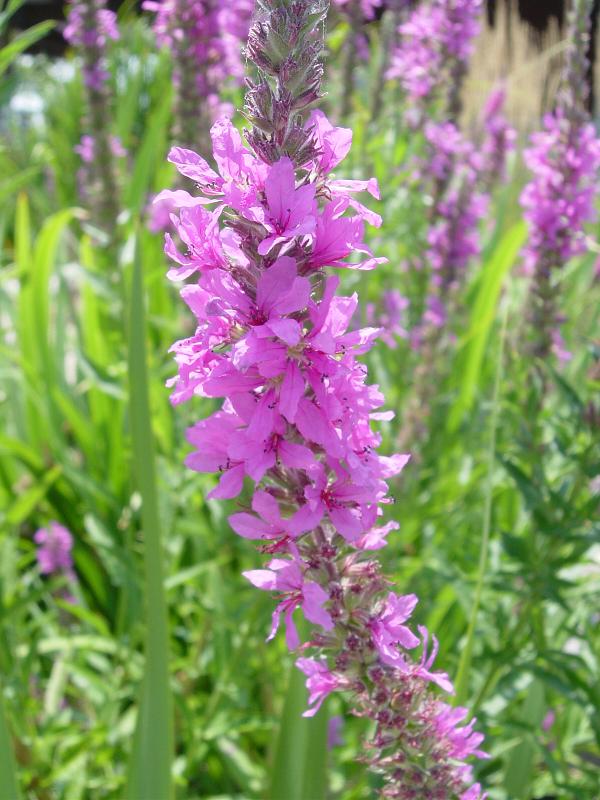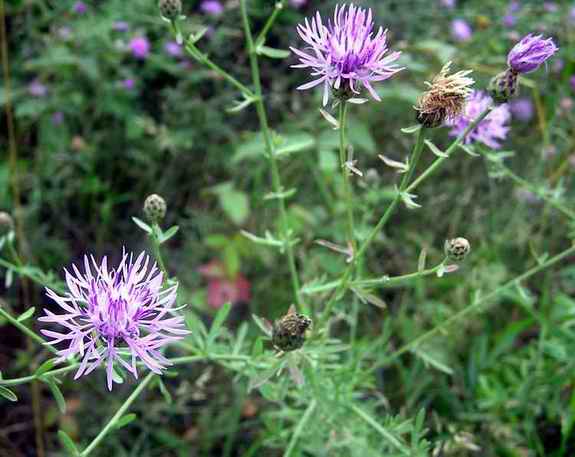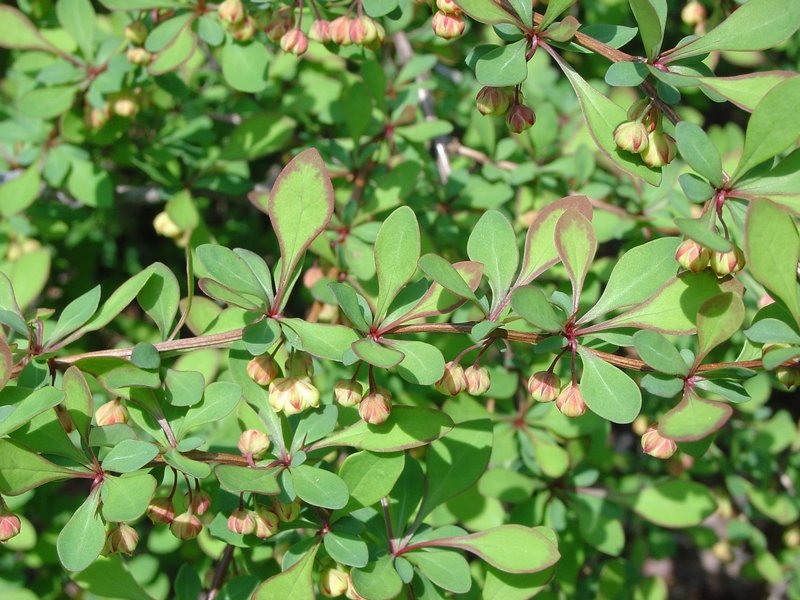Invasive Species
What is an invasive species?
 An invasive species is a species that is not native to an ecosystem and may cause economic or environmental harm or harm to human health (U.S. Department of Agriculture). Invasive species can be algae, plants, animals, invertebrates, or microbes (i.e. disease) and can be aquatic (in the water) or terrestrial (on the land). There are more than 85 non-native species known in the Lake Superior basin. Non-native species are not always invasive (causing harm).
An invasive species is a species that is not native to an ecosystem and may cause economic or environmental harm or harm to human health (U.S. Department of Agriculture). Invasive species can be algae, plants, animals, invertebrates, or microbes (i.e. disease) and can be aquatic (in the water) or terrestrial (on the land). There are more than 85 non-native species known in the Lake Superior basin. Non-native species are not always invasive (causing harm).
How do they get here?
-
Introduced as ornamentals or food for livestock
-
Improper cleaning of boats or lawn equipment
-
Ballast water discharge
-
Soil containing non-native plant seed (often used to vegetate roadsides)
-
Garden "escapees"
-
Trade of live organisms
-
Tourism
-
Development activities
-
Aquaculture
-
Canals & diversions
The problem with invasive species
Invasive species are typically more aggressive than native species and quickly out-compete native species for space and resources. As a result an area once covered or occupied by native species can quickly become a monoculture of invasive species.
KBIC is a member of the Keweenaw Invasive Species Management Area (KISMA). For more information click HERE. (KISMA MOU)
Species of concern for the KBIC
The following are invasive species located on or near the KBIC L'Anse Reservation that are of concern to the KBIC NRD and in many cases are being actively controlled:
|
Aquatic:
|
Terrestrial:
|


